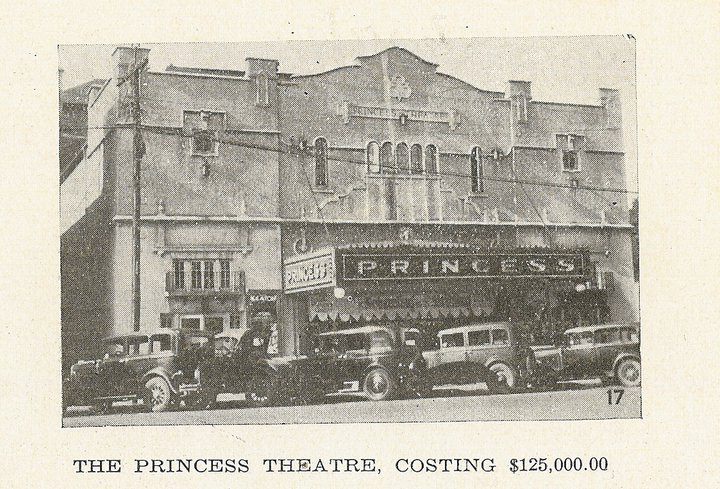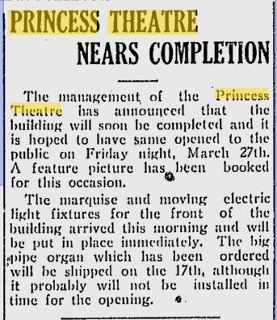From the Chicago Reader (December 21, 1990). — J.R.

If my paranoid suspicions are correct, Hollywood has embarked on a 12-year plan regarding the public consumption of trailers. The plan, which has become fully apparent to me over the past year, will come to fruition in the year 2000, and its basic goal, as I see it, is to turn movies themselves into full-fledged commercials that people will pay money to see.
When Back to the Future II ended with a trailer for Back to the Future III, it was a harbinger of what’s to come. The ever-increasing proliferation of sequels has already accustomed the public to the notion that any hit movie eventually becomes, at least retroactively, an advertisement for its inevitable successor. Now, through a three-point program that might be termed standardization-infiltration-expansion, Hollywood is force-feeding us a diet of trailers in an apparent effort to alter our modes of perception. Most movie trailers are now designed to resemble one another as closely as possible, from the discontinuous, scattershot cutting to the near-subliminal card of credits flashed at the end. They appear in a variety of fresh contexts — at the beginning and end of videotapes, on “commercial-free” cable channels, and as integral parts of some features, like the aforementioned Back to the Future II — and they crop up so repeatedly in their more traditional venues, in movie theaters and on network TV, that we may come to know certain trailers as intimately as we know certain family members. Read more
This article began as a lecture delivered on April 1, 2001 at the conference “Women and Iranian Cinema,” held at the University of Virginia and organized by Richard Herskowitz and Farzaneh Milani. Two years later it appeared in French translation in Cinéma/06, then in a booklet accompanying Facets Video’s DVD release of The House is Black in 2005, and it has also appeared in my collection Goodbye Cinema, Hello Cinephilia: Film Culture in Transition (University of Chicago Press, 2010). — J.R.


The Iranian New Wave is not one but many potential movements, each one with a somewhat different time frame and honor roll. Although I started hearing this term in the early 1990s, around the same time I first became acquainted with the films of Abbas Kiarostami, it only started kicking in for me as a genuine movement — that is, a discernible tendency in terms of social and political concern, poetics, and overall quality — towards the end of that decade.
Some commentators — including Mehrnaz Saeed-Vafa — have plausibly cited Sohrab Shahid Saless’s A Simple Event (1973) (1) as a seminal work, and another key founding gesture, pointing to a quite different definition and history, would be Kiarostami’s Close-up (1990) (2). Read more

I’m terrible when it comes to dating cars from any period, especially during the early part of the 20th century. According to my memoir Moving Places: A Life at the Movies (1980), which I researched pretty thoroughly back in the late 1970s, “The Florence Princess, an $85,000 Opera House, [opened] triumphantly on Labor Day, September 1, 1919” (see pp. 180-181 in the book for more details). But according to this newspaper photo — which I don’t recall ever having seen before, posted by Betty Terry on “Remembering Florence” (a Facebook page) last November — it cost $40,000 more than that; and according to a news clipping that went with it (see below), which she posted about a week later, it opened, apparently in some other form, in 1925. An abiding mystery…but of course we can never get very far by believing what’s printed in newspapers, then or now, even when that’s all we have left. Because newspapers are largely generated and sustained by advertising, and it’s typically the job of advertising to make things sound brand-new even when they’re simply or merely upgraded. [1/16/2012]
 Read more
Read more





